
Jews and Berbers in Morocco have a long and intricate history, marked by coexistence, cultural exchange, and mutual influence. This article aims to provide an overview of their historical and contemporary interactions, focusing on cultural, social, and political aspects.
Historical Context
Early Encounters
The history of Jews in Morocco is a narrative deeply rooted in the ancient past, intertwining with the earliest chapters of both Jewish and Moroccan history. Scholars and historians often trace the presence of Jews in Morocco back to a period of profound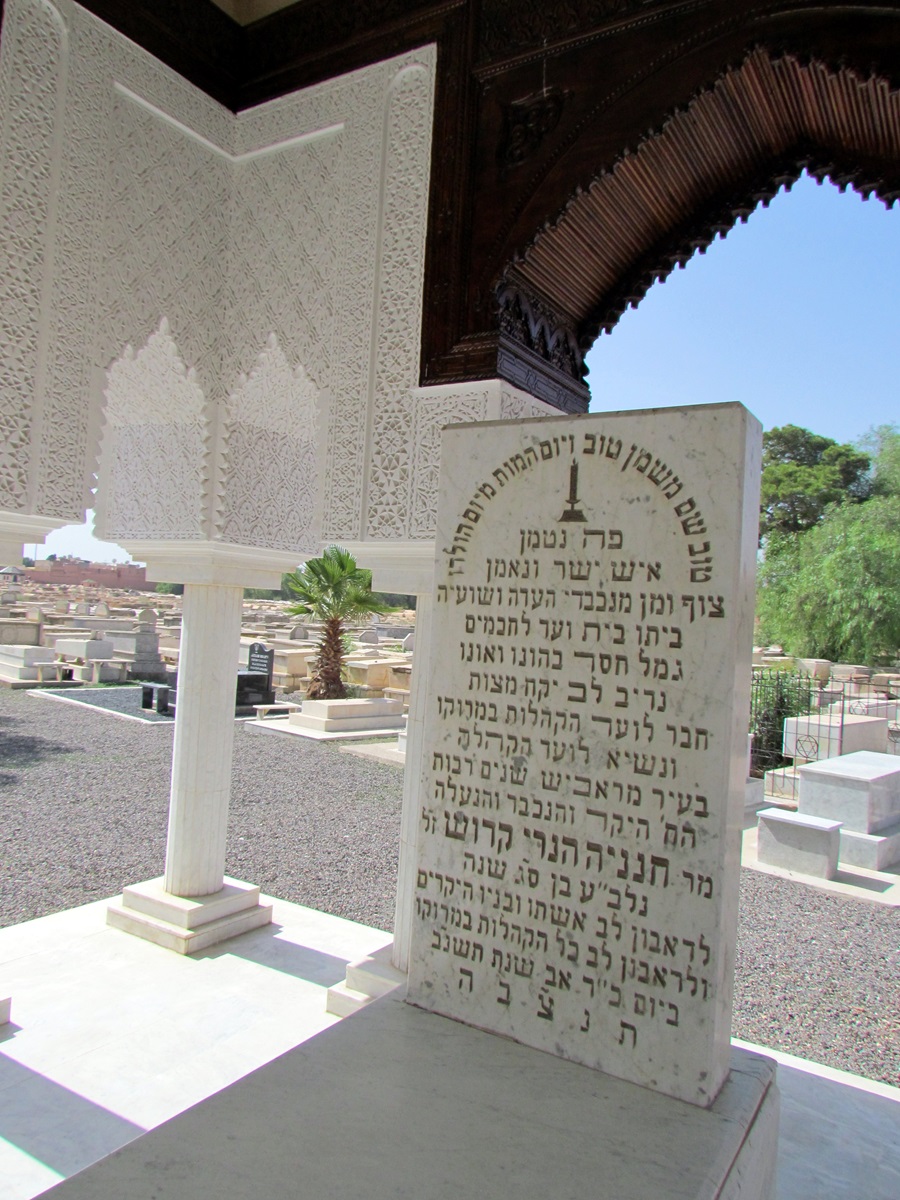 antiquity, with some estimates dating as early as the aftermath of the destruction of the First Temple in Jerusalem in 586 BCE. This catastrophic event, which led to the Babylonian Exile, marked a significant dispersion of the Jewish people, a diaspora that saw many Jews seeking refuge in various parts of the world, including Morocco.
antiquity, with some estimates dating as early as the aftermath of the destruction of the First Temple in Jerusalem in 586 BCE. This catastrophic event, which led to the Babylonian Exile, marked a significant dispersion of the Jewish people, a diaspora that saw many Jews seeking refuge in various parts of the world, including Morocco.
Morocco, with its strategic location at the crossroads of Africa and Europe, emerged as a hospitable refuge for these early Jewish settlers. The indigenous Berber tribes, who were the original inhabitants of the region, encountered these Jewish migrants, leading to a fusion of cultures and traditions that would evolve over centuries. These Jewish communities, initially small and isolated, gradually grew, establishing themselves in various Moroccan cities and rural areas.
The antiquity of Jewish presence in Morocco is not just a matter of historical record but also deeply ingrained in the archaeological and cultural heritage of the country. Ancient Jewish cemeteries and remnants of synagogues in different parts of Morocco bear witness to their longstanding presence. Moreover, the influence of Jewish culture is palpable in Moroccan music, craftsmanship, and even in certain aspects of the Moroccan dialect.
During this early period, Moroccan Jews developed a unique identity, blending their Jewish heritage with local customs. They spoke a variety of Judeo-Arabic and later Judeo-Berber, languages that incorporated elements of Hebrew, Arabic, and Berber. This linguistic blend symbolizes the deep integration and adaptation of the Jewish community within the Moroccan cultural landscape.
The enduring legacy of Jews in Morocco, dating from such ancient times, sets the stage for a rich, multifaceted history. It underscores the profound impact of historical events on the movement and settlement of peoples, and the enduring capacity for cultural assimilation and harmony amidst diverse communities.
The encounter between Berbers, the indigenous people of North Africa, and Jewish settlers in Morocco is a significant chapter in the historical tapestry of the region. This interaction, spanning several centuries, led to a fascinating cultural synthesis, where Jewish communities absorbed numerous aspects of Berber culture while steadfastly preserving their own religious and social practices.
Berbers, known for their rich cultural heritage, distinct languages, and tribal structures, have inhabited North Africa for millennia. When Jews began settling in Morocco, they were dispersed across various regions, including areas predominantly inhabited by Berber tribes. This geographical proximity led to inevitable interactions, fostering a mutual influence that enriched both communities.
Jewish settlers, adapting to their new homeland, began to embrace several elements of Berber culture. This cultural assimilation was evident in various facets of daily life. For instance, in rural areas where Jews lived alongside Berber tribes, they often adopted traditional Berber clothing styles, incorporating these into their own sartorial customs. Culinary practices also reflected this blend, with Jewish cuisine in Morocco taking on flavors and techniques characteristic of Berber cooking.
Additionally, the Jews of Morocco often learned and spoke the local Berber dialects, creating unique Judeo-Berber languages. These languages were a testament to the deep level of integration and cultural exchange between the two groups. The influence extended to music and folk traditions, with Jewish and Berber communities sharing and adapting each other's songs, dances, and folklore, while each group maintained its distinct religious and cultural identity.
Despite this cultural integration, Moroccan Jews remained devoted to their religious traditions. They continued to observe Jewish holidays, maintain synagogues, and follow rabbinical teachings. This dual identity, where they upheld Jewish religious laws and customs while embracing aspects of Berber culture, exemplified a remarkable balance between integration and preservation of heritage.
Over the centuries, this intertwining of Jewish and Berber cultures contributed to the rich and diverse cultural landscape of Morocco. It underscored the ability of distinct communities to coexist, interact, and enrich each other's traditions while maintaining their unique identities. The legacy of this Jewish-Berber symbiosis remains an integral part of Morocco's cultural heritage.
Islamic Rule and Jewish Life
The arrival of Islam in the 7th century marked a transformative era in the history of Morocco, reshaping the religious and cultural landscape of the region. As Islamic influence spread across North Africa, Morocco was integrated into the Islamic world, introducing a new socio-religious dynamic, particularly for the Jewish communities residing there.
Under Islamic rule, Jews, along with Christians, were categorized as "Ahl al-Kitāb" or "People of the Book." This designation referred to non-Muslim communities that followed scriptures believed to be divinely revealed, in this case, the Torah for Jews and the Bible for Christians. As "People of the Book," Jews were afforded a special status within the Islamic legal system, distinct from idol worshippers or polytheists.
This status granted Jews a certain degree of protection and the right to practice their religion, albeit under specific conditions. They were allowed to maintain their places of worship, conduct their own religious education, and administer their internal community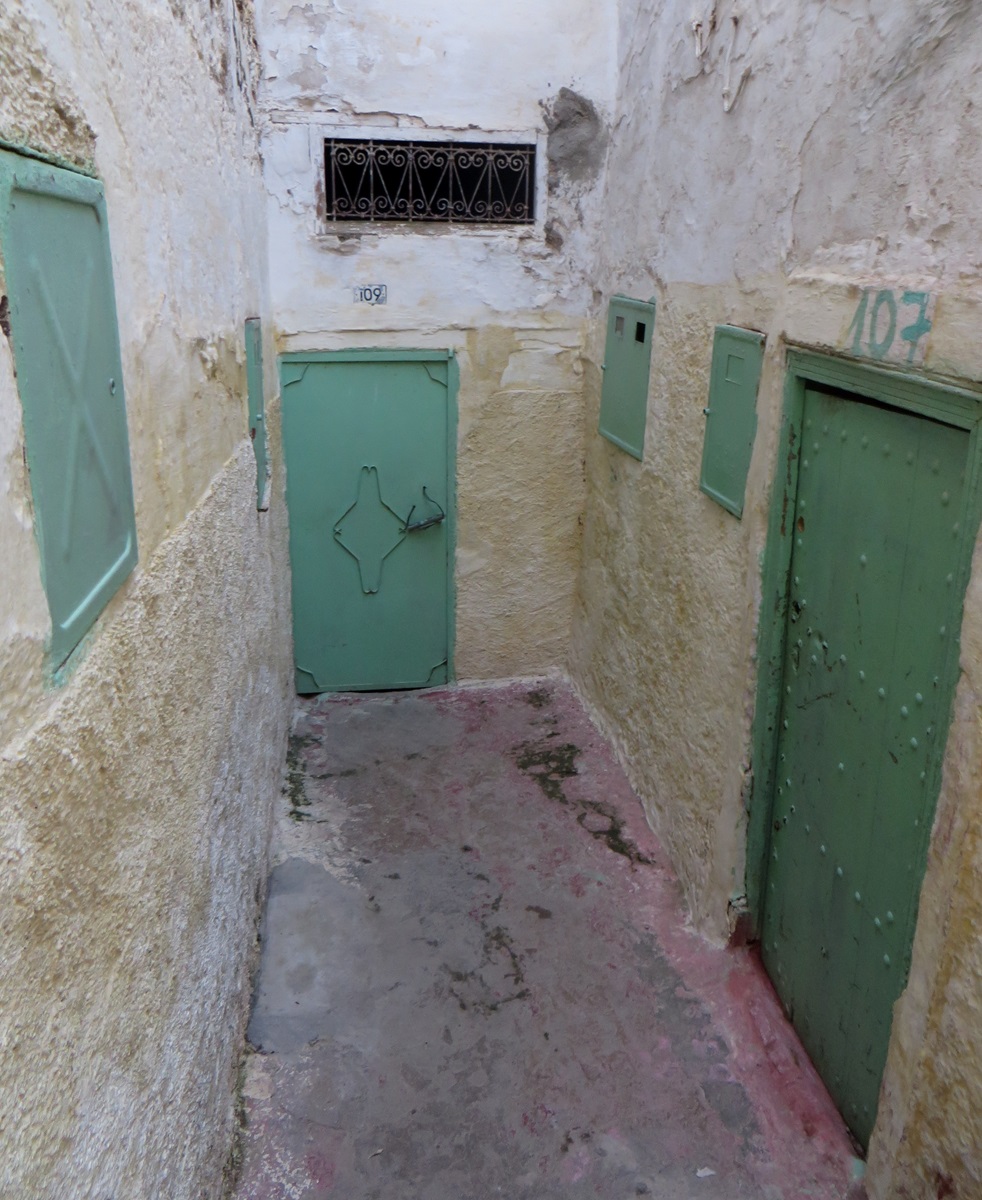 affairs. In exchange for these rights, Jewish communities were required to pay a special tax known as the "jizya." This tax, levied on non-Muslim adult males, was seen as a symbol of subordination to the Islamic state and an acknowledgment of the protection provided by Muslim authorities.
affairs. In exchange for these rights, Jewish communities were required to pay a special tax known as the "jizya." This tax, levied on non-Muslim adult males, was seen as a symbol of subordination to the Islamic state and an acknowledgment of the protection provided by Muslim authorities.
The concept of "dhimmitude," which governed the status of non-Muslims like Jews and Christians in Islamic societies, was a complex and multifaceted one. While it provided a framework for coexistence and religious tolerance, it also imposed certain legal and social limitations on these communities. For instance, dhimmis (non-Muslims living under Islamic rule) were subject to various regulations that distinguished them from Muslims, such as restrictions on dress codes and prohibitions against holding certain public offices.
Despite these limitations, the Jewish communities in Morocco managed to thrive under Islamic rule. They continued to engage in trade, crafts, and other occupations, contributing significantly to the economic and cultural life of the region. The relationship between Muslims and Jews during this period was generally characterized by mutual respect and cooperation, although it varied depending on the prevailing political and social circumstances.
The integration of Morocco into the Islamic world, therefore, introduced a new chapter in the history of Moroccan Jews. It shaped their social, economic, and religious life in profound ways, reflecting the complexities of coexistence and minority status in a predominantly Islamic context. This period is remembered as one of relative stability and productive interaction, despite the inherent challenges of living as a protected minority.
During the Islamic rule in Morocco, the Jewish community played an integral role in various aspects of society, despite the fluctuations in their status and the challenges they faced. Jews were actively involved in trade, leveraging their connections both within the Islamic world and with other Jewish communities abroad. This made them crucial in the facilitation of international commerce, including the trade of goods like spices, textiles, and precious metals.
In the realm of craftsmanship, Moroccan Jews were renowned for their skills, particularly in areas like jewelry making, metalwork, and textile production. Their craftsmanship not only enriched the cultural tapestry of Morocco but also contributed significantly to its economy.
Additionally, some Jews held prominent positions in royal courts, serving as advisors, physicians, and diplomats. These roles allowed them to wield a certain degree of influence and facilitated a greater understanding and cooperation between Jewish and Muslim communities.
Cultural Exchange
Language and Tradition
In Morocco, the Jewish community developed unique linguistic traditions that exemplified their rich cultural tapestry. Primarily, they spoke dialects of Judeo-Arabic and Judeo-Berber, each a testament to the fusion of different linguistic and cultural influences they experienced over the centuries. Judeo-Arabic, used predominantly in urban areas, was a variant of Arabic infused with Hebrew vocabulary and written in the Hebrew script. This language was not just a means of everyday communication; it also served as a vehicle for religious and philosophical writings, further enriching the Jewish intellectual tradition.
In more rural regions, where Jews lived alongside Berber communities, Judeo-Berber dialects emerged. These dialects incorporated elements of the local Berber languages with Hebrew and Arabic influences. The existence of Judeo-Berber is particularly significant as it illustrates the deep level of integration and interaction between the Jewish and Berber communities.
The use of these languages reflects the adaptability of the Moroccan Jewish community, showcasing their ability to absorb and integrate elements from their surrounding cultures while maintaining their distinctive Jewish identity. These linguistic traditions not only facilitated communication and trade but also contributed to the cultural diversity and richness of Morocco.
In the rural landscapes of Morocco, Jewish and Berber communities developed a remarkable synergy, sharing numerous cultural traditions while retaining their distinct religious identities. This coexistence led to a fascinating blend in various aspects of daily life,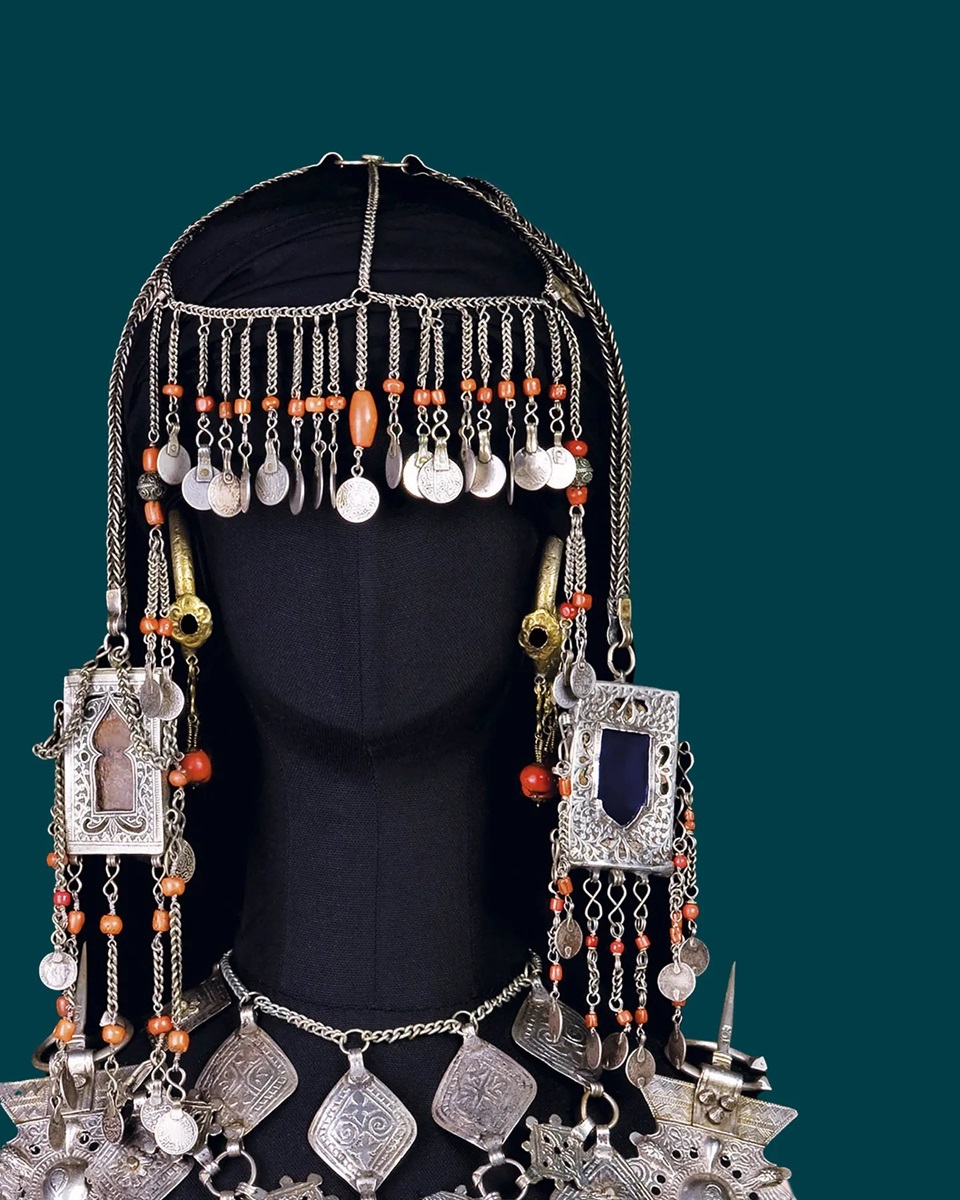 illustrating how closely intertwined these communities had become over time.
illustrating how closely intertwined these communities had become over time.
One of the most visible manifestations of this cultural blend was in clothing styles. Jewish residents often adopted traditional Berber attire, which was well-suited to the local climate and environment, integrating these garments with their own distinctive touches that reflected their Jewish identity.
Musically, the fusion was equally rich. Jewish and Berber communities shared a love for folk music, with Jews incorporating Berber rhythms and melodies into their own musical traditions. This intermingling of musical styles not only enriched the local folk music but also served as a powerful symbol of cultural harmony.
Culinary traditions also displayed this blend. Jewish families adopted many Berber cooking methods and ingredients, while ensuring that the dishes remained in line with kosher dietary laws. This resulted in a unique fusion cuisine that combined local flavors with traditional Jewish culinary principles.
Despite these shared cultural practices, both communities maintained their distinct religious practices. Synagogues and mosques stood side by side in these rural areas, symbolizing a peaceful cohabitation and mutual respect for each other's faiths. This blend of shared cultural traditions with religious distinctiveness is a testament to the tolerant and syncretic nature of rural life in Morocco, where diversity was celebrated and embraced.
Religious Influences
Jewish mysticism, especially Kabbalah, found a receptive audience among Moroccan Jews and influenced some local Muslim practices.
Jewish mysticism, particularly Kabbalah, played a significant role in the spiritual life of Moroccan Jews and intriguingly, it also left its imprint on some local Muslim practices. Kabbalah, a form of Jewish mysticism that seeks to understand and interact with the divine realm, found fertile ground in Morocco, a land steeped in spiritual traditions.
Moroccan Jews, deeply immersed in their mystical traditions, incorporated Kabbalistic practices and symbols into their daily religious life. This included the use of amulets, special prayers, and rituals that were believed to offer spiritual protection and enlightenment. The mystical aspect of Judaism resonated with the similarly mystical dimensions in Islam, particularly Sufism, which was widely practiced in Morocco.
This shared mystical inclination led to a unique cultural and religious crossover. Certain Kabbalistic concepts and practices subtly influenced local Muslim traditions. For instance, the use of Hebrew script in amulets and the incorporation of Jewish mystical symbolism in local crafts were observed. This intermingling did not imply a merging of religious doctrines but rather reflected a mutual respect and appreciation for the mystical elements in both faiths.
The influence of Jewish mysticism in Morocco is a testament to the permeable boundaries between these two rich religious cultures. It highlights a period in history where despite religious differences, there was a shared quest for spiritual understanding and a deep respect for the mystical elements in each other's traditions.
The influence of Islamic practices and Arabic aesthetics on Moroccan Jewish life was a significant aspect of the cultural interplay in Morocco. This reciprocal exchange shaped various facets of Jewish religious and cultural expression, including liturgy, music, and synagogue architecture.
In Jewish liturgy, the impact of Arabic language and Islamic poetic forms was evident. Hebrew prayers and religious texts often incorporated Arabic phrases and stylistic elements, reflecting the linguistic environment in which Moroccan Jews lived. This fusion created a distinctive liturgical tradition that resonated with both Hebrew and Arabic linguistic and poetic traditions.
Musically, the influence was profound. Jewish religious and secular music in Morocco absorbed elements of berbere and Arabic music, including its scales, rhythms, and instrumentation. This fusion resulted in a unique musical genre that was distinctly Moroccan, blending Jewish melodies with Arabic tonalities and rhythms.
Synagogue architecture in Morocco also exhibited influences from Islamic art and architecture. The design of synagogues often featured Arabic-style arches, geometric patterns, and ornamental motifs that were common in Islamic buildings. This architectural symbiosis was not just an aesthetic choice but also a reflection of the harmonious coexistence and mutual respect between the Muslim and Jewish communities in Morocco.
These influences underscore the deep cultural connections between Moroccan Jews and their Muslim neighbors. They illustrate how Jewish religious and cultural practices evolved in a predominantly Islamic context, absorbing and adapting elements from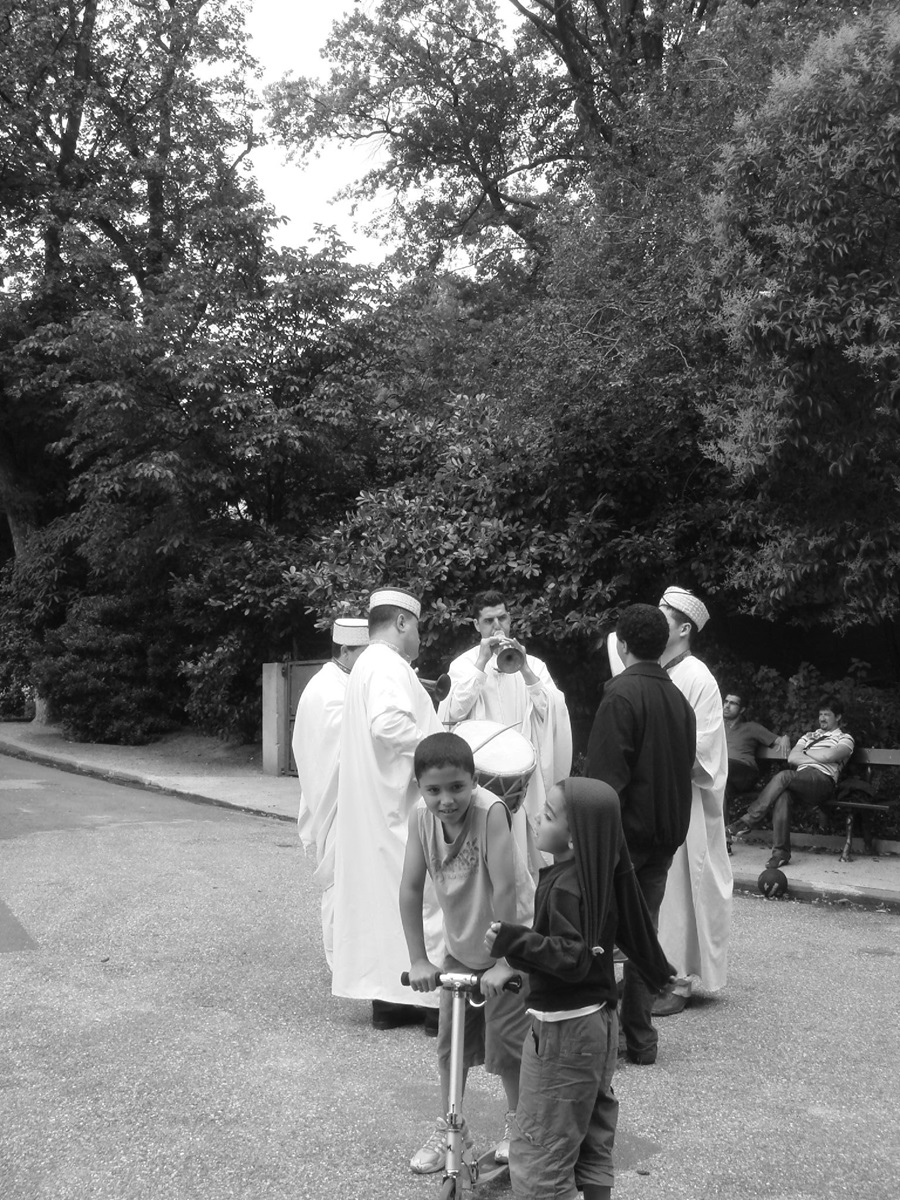 the surrounding culture while maintaining their unique Jewish identity.
the surrounding culture while maintaining their unique Jewish identity.
The 20th Century and Beyond
The Colonial Period
The period of French and Spanish colonial rule in Morocco introduced new dynamics that significantly impacted the Jewish community. This era, marked by European influence, brought with it the specter of antisemitism, previously unfamiliar in the Moroccan context. European colonial powers often imposed their own prejudiced attitudes towards Jews, altering the traditional Islamic-Jewish relations in the region.
Despite these challenges, many Moroccan Jews achieved notable economic success during this time. In urban centers, particularly those under French influence, Jews played vital roles in commerce, industry, and as intermediaries between the colonial administration and the local population. This economic advancement, however, created a new social dynamic between the Jewish and Berber communities.
The shift towards urban centers and the adoption of more European-style lifestyles by some Jews led to a physical and cultural distance from the rural Berber communities. This change altered the longstanding close relationship between the two groups. While the Jewish community in urban areas flourished, their traditional ties with the Berbers, based on shared rural lifestyles and cultural practices, began to wane. This period marked a transition in the Jewish experience in Morocco, from being integrated members of rural communities to becoming more urbanized and, in some aspects, aligned with colonial structures.
Post-Independence Changes
Following Morocco's independence in 1956, the Jewish community experienced a significant exodus, primarily to Israel, France, and Canada. This mass emigration was driven by a confluence of factors, notably the changing political landscape and the escalating tensions surrounding the Arab-Israeli conflict. The establishment of Israel in 1948 and the subsequent regional conflicts heightened feelings of insecurity among Moroccan Jews, contributing to their decision to emigrate. Additionally, the allure of better economic opportunities and the desire to reunite with family members who had already left were compelling reasons for this migration. This period marked a major demographic shift in Morocco's Jewish population.
The Jewish population in Morocco, which once numbered in the hundreds of thousands, experienced a dramatic decline over the years. This significant dwindling was largely a result of the mass emigration that occurred in the wake of Morocco's independence and the ensuing regional tensions related to the Arab-Israeli conflict. Once a vibrant and integral part of Moroccan society, the Jewish community's numbers have reduced substantially, leaving a much smaller population that remains today. This demographic shift has had a profound impact on the cultural and social fabric of Morocco, marking the end of an era where Jews formed a significant portion of the country's populace.
Contemporary Relations
Preservation of Heritage
In recent years, both the Moroccan government and various private initiatives have undertaken significant efforts to preserve the rich Jewish heritage within Morocco. Recognizing the historical and cultural importance of this legacy, these efforts are focused on the restoration and maintenance of key Jewish sites, including synagogues and cemeteries.
The Moroccan government, in particular, has shown a commitment to preserving these historic sites as part of the nation's diverse cultural heritage. This includes the renovation of ancient synagogues, some of which date back centuries, and the upkeep of Jewish cemeteries, ensuring they remain dignified and respectful places of remembrance. These restoration projects often involve meticulous work to maintain the architectural integrity and historical authenticity of the sites.
Private organizations and individuals, both within Morocco and from the global Jewish community, have also contributed to these preservation efforts. These include funding restoration projects, organizing cultural events, and promoting educational initiatives to raise awareness about the historical significance of Morocco's Jewish heritage. These collaborative efforts symbolize a broader commitment to honoring and preserving the rich tapestry of cultures that have shaped Morocco's history.
Cultural festivals and academic research have increasingly turned their focus to celebrating and exploring the rich legacy of Jewish-Berber coexistence in Morocco. These initiatives play a crucial role in highlighting the shared history and cultural interplay between these two communities.
Cultural festivals, often organized both within Morocco and in the diaspora, showcase the unique blend of Jewish and Berber traditions through music, art, food, and storytelling. These events serve not only as celebrations of this shared heritage but also as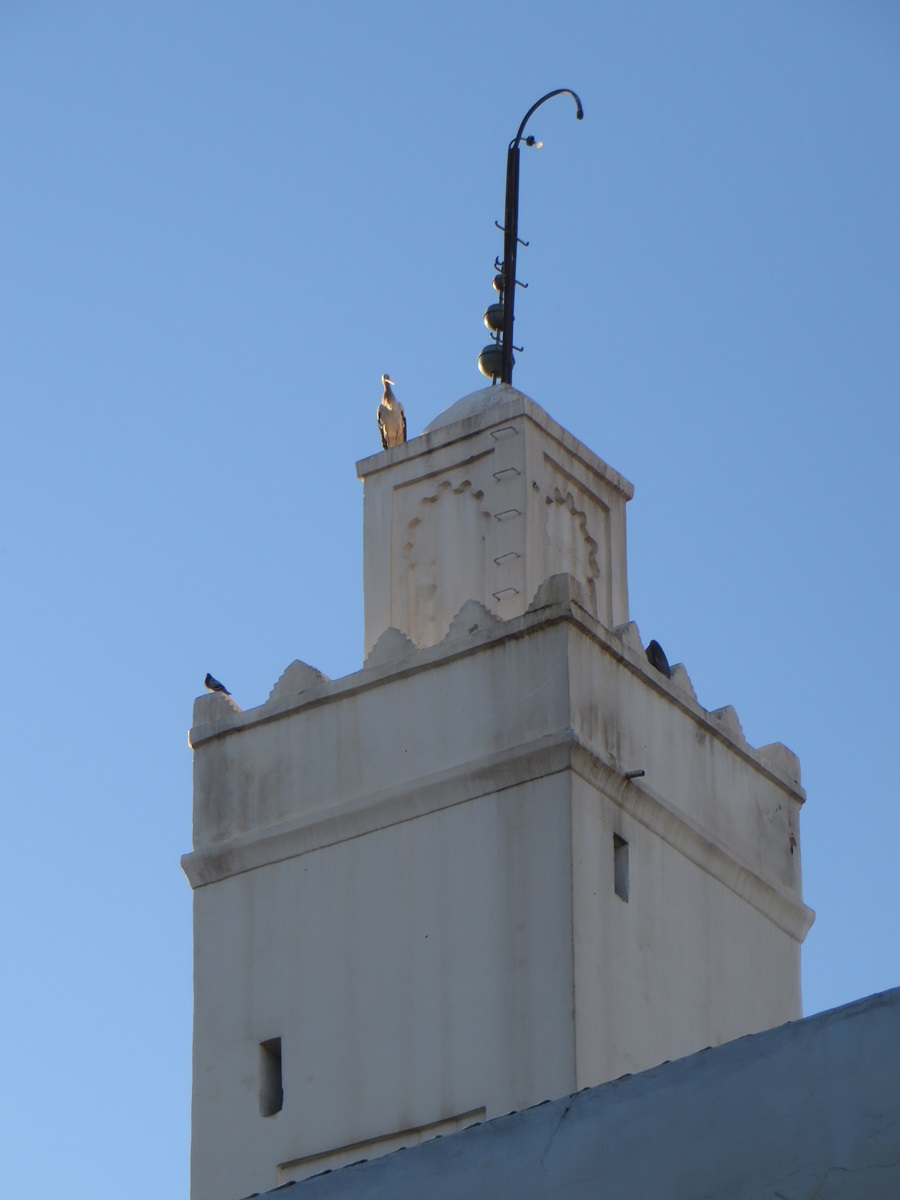 educational platforms, providing insights into the historical symbiosis between Jews and Berbers. They often feature traditional music performances, art exhibitions, and culinary events that highlight the fusion of Jewish and Berber cultural elements.
educational platforms, providing insights into the historical symbiosis between Jews and Berbers. They often feature traditional music performances, art exhibitions, and culinary events that highlight the fusion of Jewish and Berber cultural elements.
Academic research has delved deeper into this coexistence, with scholars examining historical documents, oral histories, and cultural artifacts. These studies provide a more nuanced understanding of how Jews and Berbers lived, worked, and interacted with each other. Universities and research institutions often host conferences and publish papers on this subject, contributing to a growing body of knowledge that underscores the importance of Jewish-Berber relations in the historical narrative of Morocco.
Together, these cultural and academic efforts ensure that the story of Jewish-Berber coexistence is not only preserved but also celebrated, offering valuable insights into the power of cultural diversity and tolerance.
The Modern Perspective
Today, the Jewish community in Morocco, while significantly smaller than in the past, continues to be an integral part of the country's rich social and cultural tapestry. This enduring presence is a testament to the deep historical roots and the enduring legacy of Jewish life in Morocco.
Despite their reduced numbers, Moroccan Jews maintain their traditions and contribute to the broader cultural landscape of the country. Synagogues, Jewish schools, and kosher restaurants still operate, particularly in cities like Casablanca and Marrakech, serving as hubs for the community and preserving their religious and cultural practices.
The Moroccan government, recognizing the Jewish community's historical and cultural significance, has made efforts to ensure their rights and freedoms. This includes the restoration of Jewish heritage sites and the inclusion of the Jewish narrative in the broader story of Morocco.
Furthermore, the Jewish community in Morocco, though small, plays a role in fostering interfaith dialogue and cultural exchange. They stand as a symbol of the country's pluralistic identity and its history of religious tolerance. This community, albeit diminished in size, continues to be a living bridge between Morocco's past and present, embodying the diverse and inclusive spirit of the nation.
In recent years, there has been a growing interest in rediscovering and celebrating the shared history of Jews and Berbers in Morocco, which is increasingly viewed as a model for intercultural and interfaith harmony. This renewed focus acknowledges the centuries-old coexistence of these two groups and their significant contributions to the Moroccan cultural mosaic.
This interest is evident in various cultural, academic, and social initiatives. Educational programs and academic research are delving into the intertwined histories of Jews and Berbers, uncovering stories of cooperation, mutual respect, and cultural exchange. Documentaries, books, and articles are being produced to shed light on this often underappreciated aspect of Moroccan history.
Cultural festivals, both in Morocco and in the diaspora, are increasingly highlighting the shared heritage of Jews and Berbers. These events often feature music, art, and cuisine that blend Jewish and Berber traditions, showcasing the richness of this symbiotic relationship.
Additionally, there is an emphasis on interfaith dialogue and collaboration, inspired by the historical coexistence of Jews and Berbers. Workshops, conferences, and community initiatives are fostering conversations about religious tolerance and cultural respect, drawing lessons from the past to inform present-day relations.
This resurgence of interest not only honors the legacy of Jewish-Berber coexistence but also serves as a beacon of hope and a blueprint for understanding and cooperation between different cultural and religious communities worldwide. It underscores the value of embracing diversity and learning from historical examples of peaceful cohabitation.
Conclusion
The relationship between Jews and Berbers in Morocco is a testament to centuries of shared history, mutual influence, and resilience. While their paths have diverged, the legacy of their coexistence continues to shape cultural and historical narratives in Morocco and beyond. This shared heritage remains a significant aspect of Moroccan identity, reflective of the country's diverse and pluralistic past.